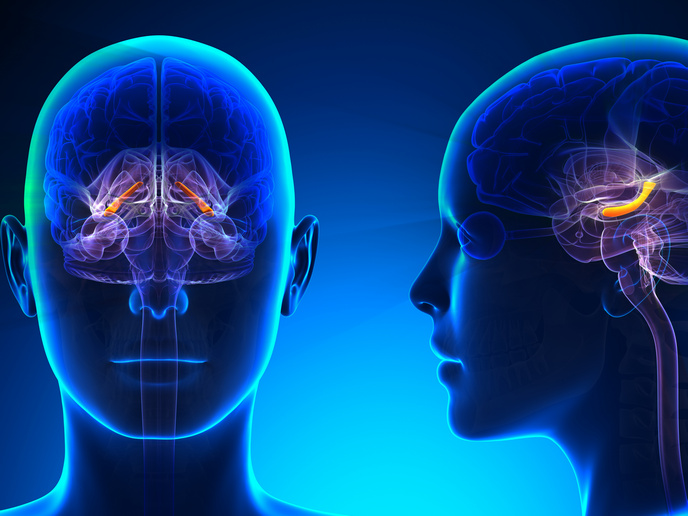Speaking from the stomach: how the gut talks to the brain
From obesity to Type 2 diabetes, cardiovascular disease and certain cancers, many of the world’s most pressing health challenges are related to metabolism, the process by which the body converts nutrients into the energy and materials it needs to grow, heal and function. The brain is the chief coordinator of metabolism getting information about food that is consumed, but obesity can cause this information highway to malfunction. “Research suggests that obesity disrupts the communication between the gut and the brain, leading to overeating and metabolic deregulation,” says Henning Fenselau(opens in new window), research group leader at the Max Planck Institute for Metabolism Research(opens in new window). The question is, what specific types of neurons are involved in this process? “Understanding how these neurons function and how they become disrupted by obesity could open the door to developing new, more targeted therapies for metabolic diseases,” adds Fenselau. Helping to answer this question is the EU-funded GuMeCo project.
Different sensory neuron types specialise in detecting specific food-related signals
The project, which received support from the European Research Council(opens in new window) (ERC), set out to unravel the mystery of how the nervous system uses communication between the gut and the brain to regulate metabolism. To do so, they developed an advanced genetic targeting system that allows researchers to study specific subtypes of sensory neurons with unprecedented precision. “This cutting-edge approach provided a powerful platform for uncovering how gut-brain signalling contributes to metabolic health and disease,” explains Fenselau, who is the project coordinator. Using this platform, his research discovered that different sensory neuron types are specialised in detecting specific food-related signals and in activating unique brain pathways that regulate feeding and blood glucose levels. According to Fenselau, these findings fundamentally advance researchers’ understanding of how the nervous system contributes to energy balance and metabolism regulation. “This knowledge lays the groundwork for identifying which neuronal circuits malfunction in obesity or diabetes, potentially leading to the development of new, cell-specific treatments for these widespread diseases,” he says. The findings were published in ‘Cell Metabolism’(opens in new window) and have garnered a significant number of citations.
Accelerating discoveries across neuroscience, metabolism and obesity research
While the GuMeCo project has already redefined our understanding of gut-brain communication in metabolic control, when it comes to its lasting impact, this is just the tip of the iceberg. For example, the tools and models developed by the project will continue to be used by researchers worldwide, accelerating discoveries across neuroscience, metabolism and obesity research. In fact, Nobel Laureate Ardem Patapoutian has expressed interest in the project’s transgenic mouse models. Fenselau also received an ERC Consolidator Grant to investigate the brain circuits connected to sensory neurons in greater detail. “GuMeCo represents a significant step toward unravelling one of biology’s most complex systems and translating that knowledge into strategies that can help combat some of the most widespread health challenges of our time,” concludes Fenselau.







